Welcome to the fascinating universe of tuxedo cats, where elegance meets mystery.
These black-and-white beauties captivate cat enthusiasts around the world, and their uniqueness goes far beyond their appearance.
Each tuxedo cat is a one-of-a-kind wonder, and you have much to learn about them.
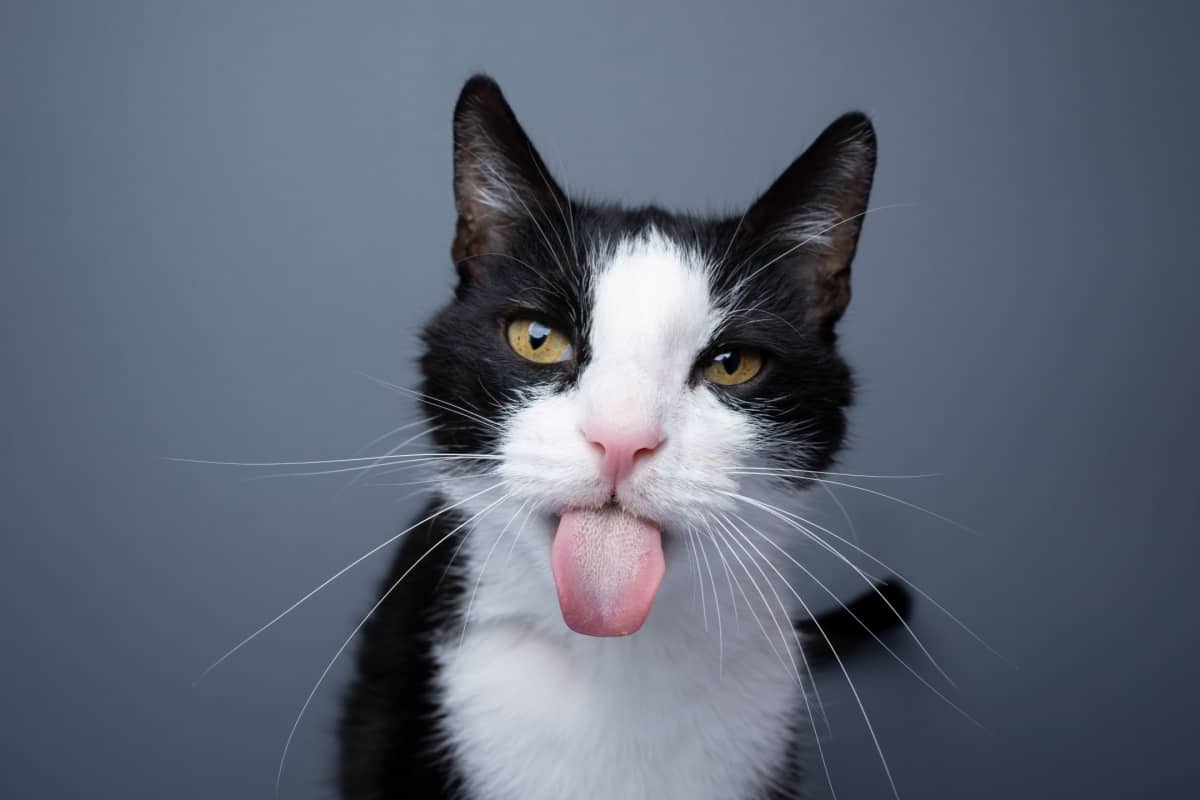
What defines a tuxedo cat? Can specific breeds classify as tuxedos? Does the pattern have to be black and white, or can other colors also be considered tuxedos?
If you find these questions intriguing, you're in the right place.
We've gathered comprehensive information about tuxedo cats, including their characteristics and the various breeds they can belong to.
So keep scrolling to learn everything you ever wanted to know about the enigmatic tuxedo cat!
What Exactly Makes A Tuxedo Cat?
Tuxedo cats in and of themselves are not a specific breed but refer to the cat's pattern.
Generally thought of and reserved for black and white cats, the term can be used for any bicolor cat meeting the exact pattern requirements.
Of course, it's difficult not to think of the tuxedo cat as strictly black and white, seeing as the traditional color of the formal wear we often see.
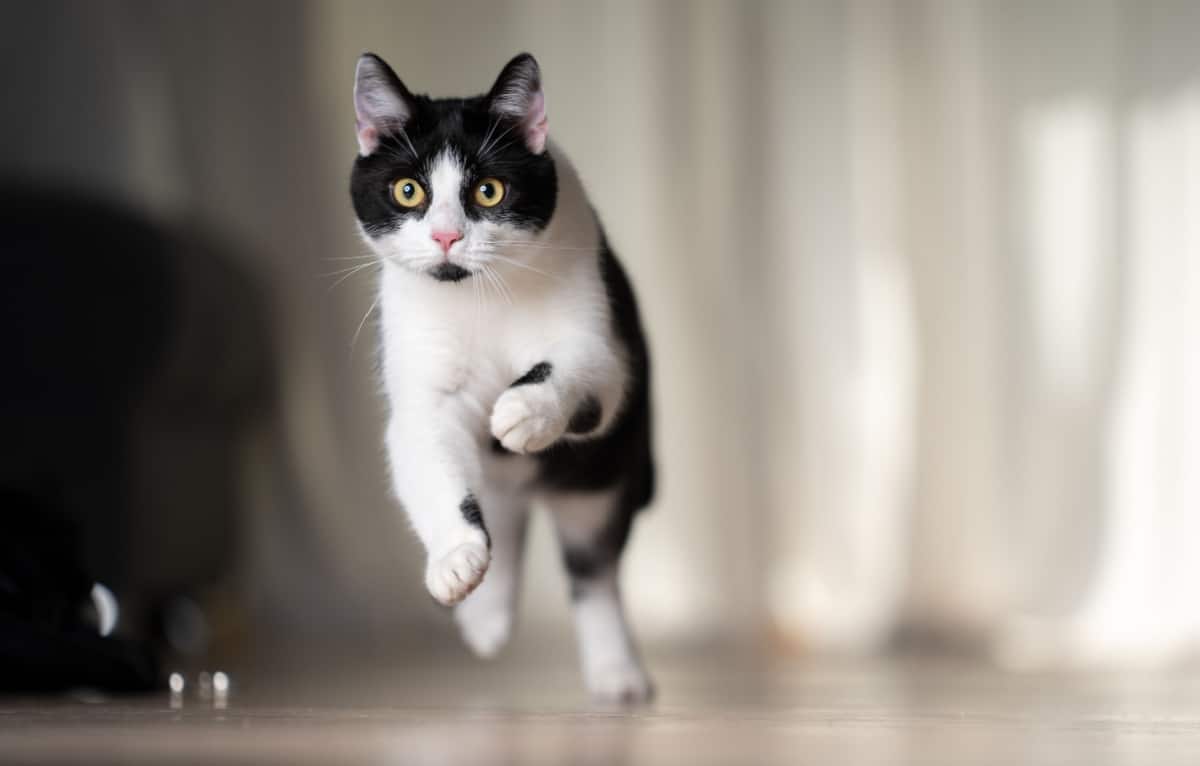
Many tuxedo cats have a "mask" covering their eyes in black, and the white goes down their throat.
Tuxedo cats consist of two solid colors, white and usually black, gray, or orange.
The white is on their belly, chest, and feet for the most part, but the amount of white varies depending on the specific cat.
Too much white and the tuxedo pattern is lost to a van, magpie, or harlequin-colored cat, which are variations of bicolored cats.
These cats generally have greenish-yellow eyes, and their toe pads can be bicolored, pink, or black, depending on the individual cat.
Additionally, their skin could be multi-colored as well.
Can My Cat Be A Specific Breed?
Without registration and verifiable papers, a cat cannot meet breed standards. In most cases, tuxedo cats are commonly domestic longhair and shorthair cats.
Although it can be fun and exciting to speculate your furry friend's ancestry, know that without those papers, your cat can't be in competitive showings or part of any purebred breeding programs.
To read more about what type of breed your cat might be with a non-tuxedo pattern, view our article, "What Breed Is My Cat?"
Breeds With The Tuxedo Pattern
As we mentioned above, there are several breeds in which the breed standard allows a bicolored pattern, which a tuxedo cat does fall within.
Let's discuss those breed standards for coloring in a little more detail.
1. Persian
The Persian cat is recognizable with its flat face and full fur coat. Though not common, Persian cats might be colored in the tuxedo pattern.
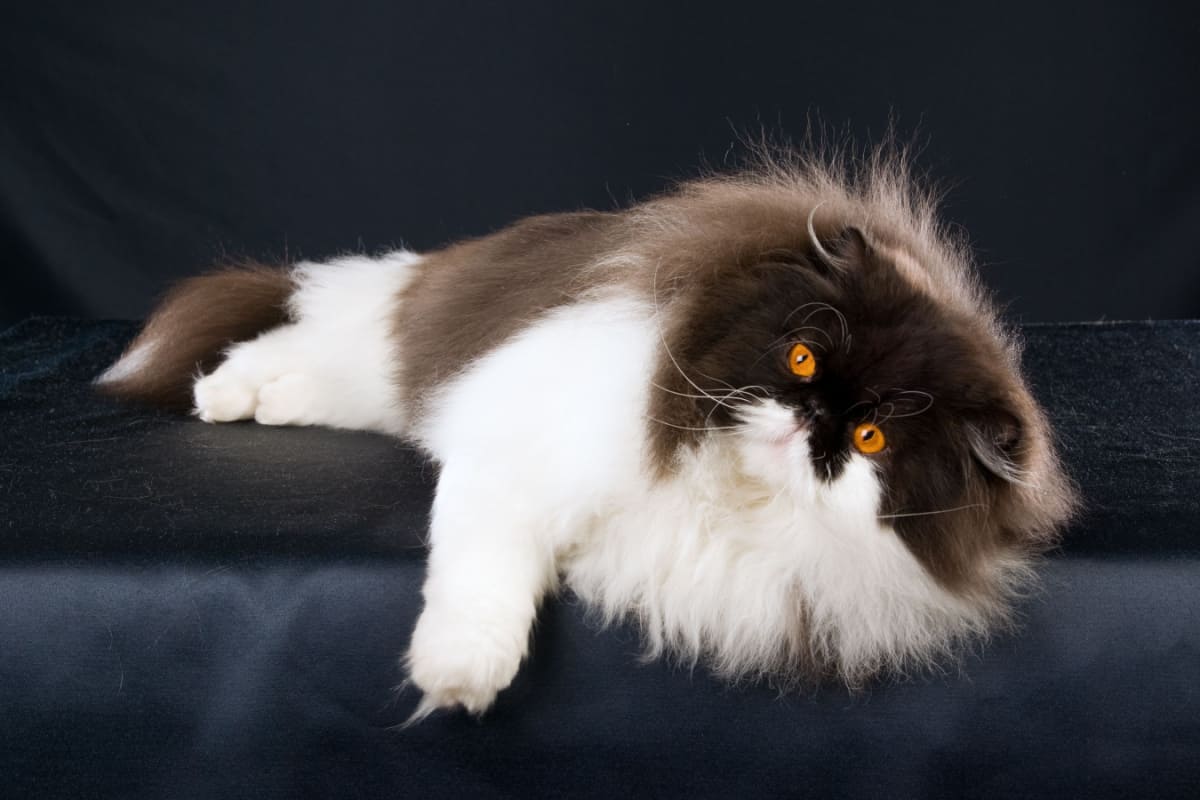
To meet breed standards, the bi-colors must be in the following pairs: black and white, blue and white, red and white, cream and white, chocolate and white, or lilac and white.
2. American Shorthair
An American Shorthair is a breed of cat that is sometimes difficult to distinguish. They don't have any defining characteristics but are strongly built and symmetrical.
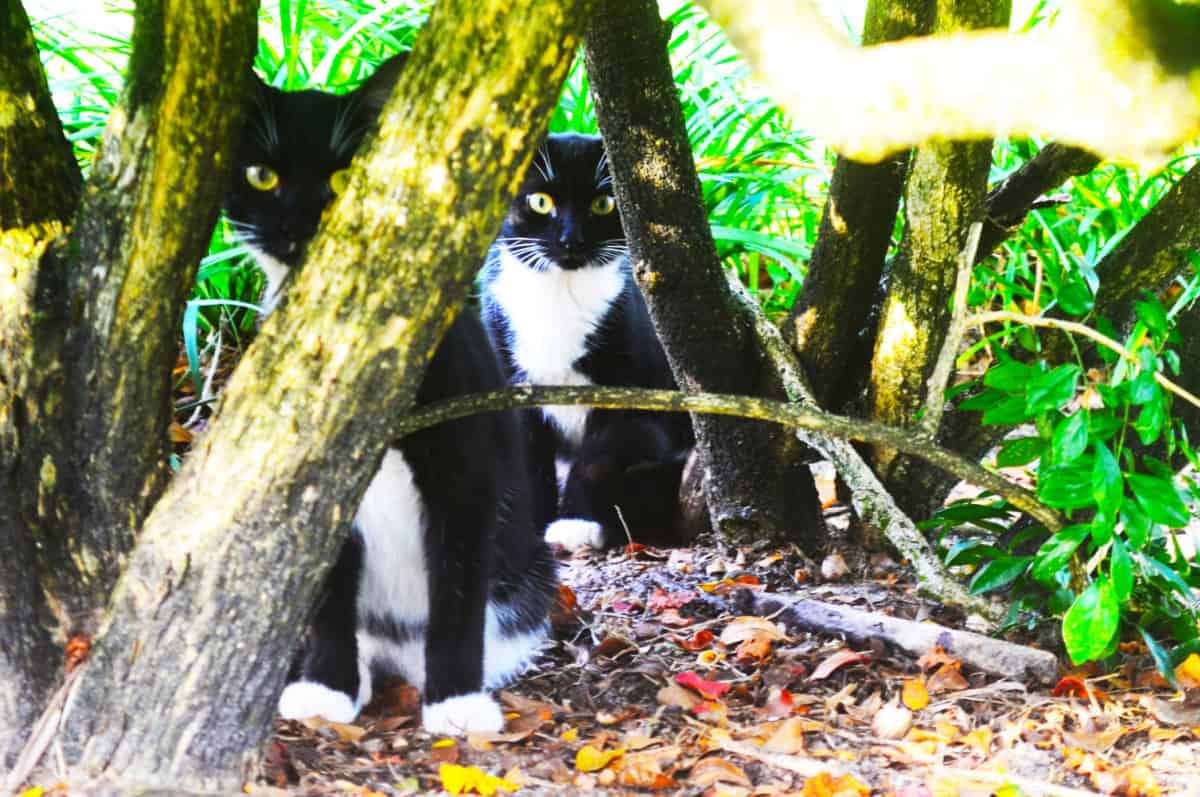
The tuxedo pattern can meet breed standards as long as the colors are pure and unbridled as follows: white with unbridled portions of black, white with portions of blue, white with portions of red, or white with portions of cream.
3. Maine Coon
We all know the Maine Coon cat as the giant of the feline world.
Named for their ability to withstand the cold temperatures of the northeast united states, these gorgeous cats could also come with a pattern akin to a tuxedo cat.

The combinations to meet the breed standard for these cats are a bit stricter than some.
They are permitted a combination of black and white, blue and white, red and white, or cream and white in the following pattern: with or without white on the face.
They must have white on the bib, belly, and all four paws.
4. British Shorthair
Their round faces and chubby cheeks mark the British Shorthair.
Though they can have a tuxedo pattern according to breed standards, they must be symmetrical with some specific combinations: black and white, blue and white, red and white, or cream and white.
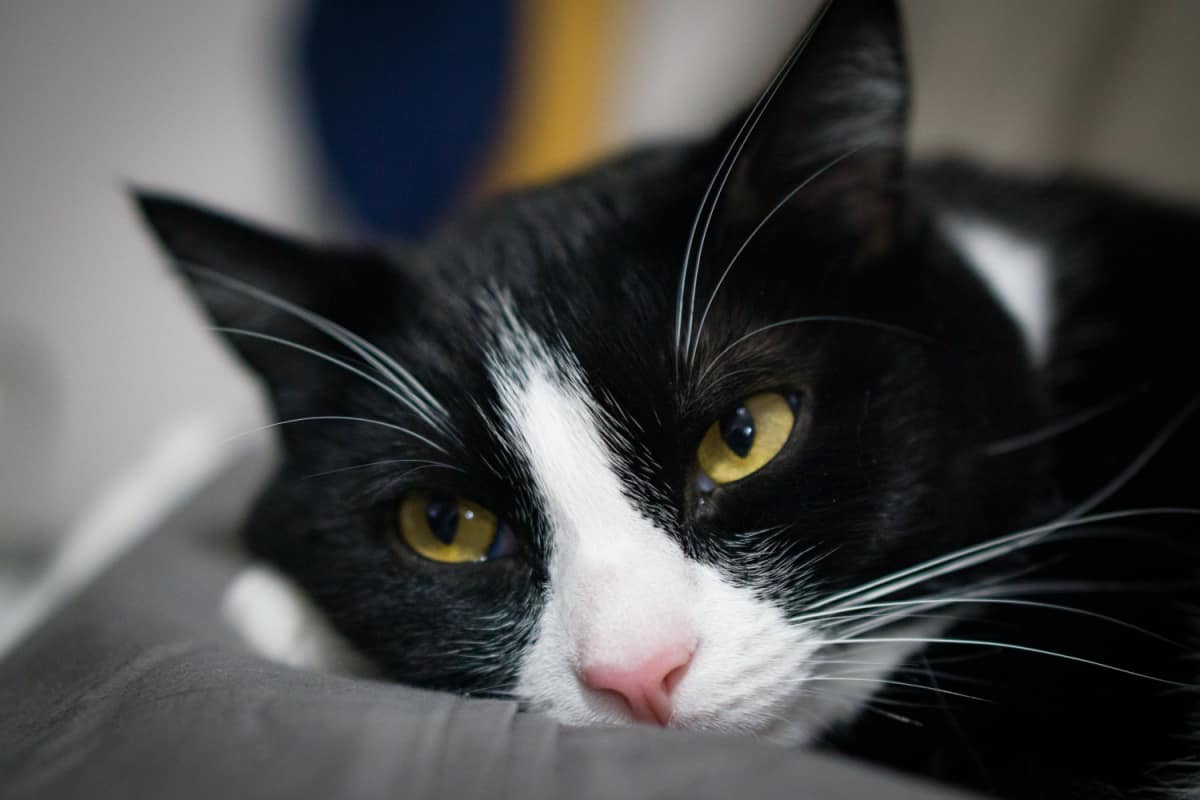
As a preferred minimum, the cat should have some white on the feet, legs, undersides, chest, and muzzle. Less white than this should be penalized proportionately. White blaze is desirable.
5. Exotic Shorthair
The Exotic Shorthair has the same breed standards as the Persian cat except for the length of its coat.
As the name implies, Exotics have short fur as opposed to the Persian's long and full coats.
Tri-color is preferred, but bicolor is acceptable if it meets the following requirements for the breed standard: black and white, blue and white, red and white, cream and white, chocolate and white, or lilac and white.
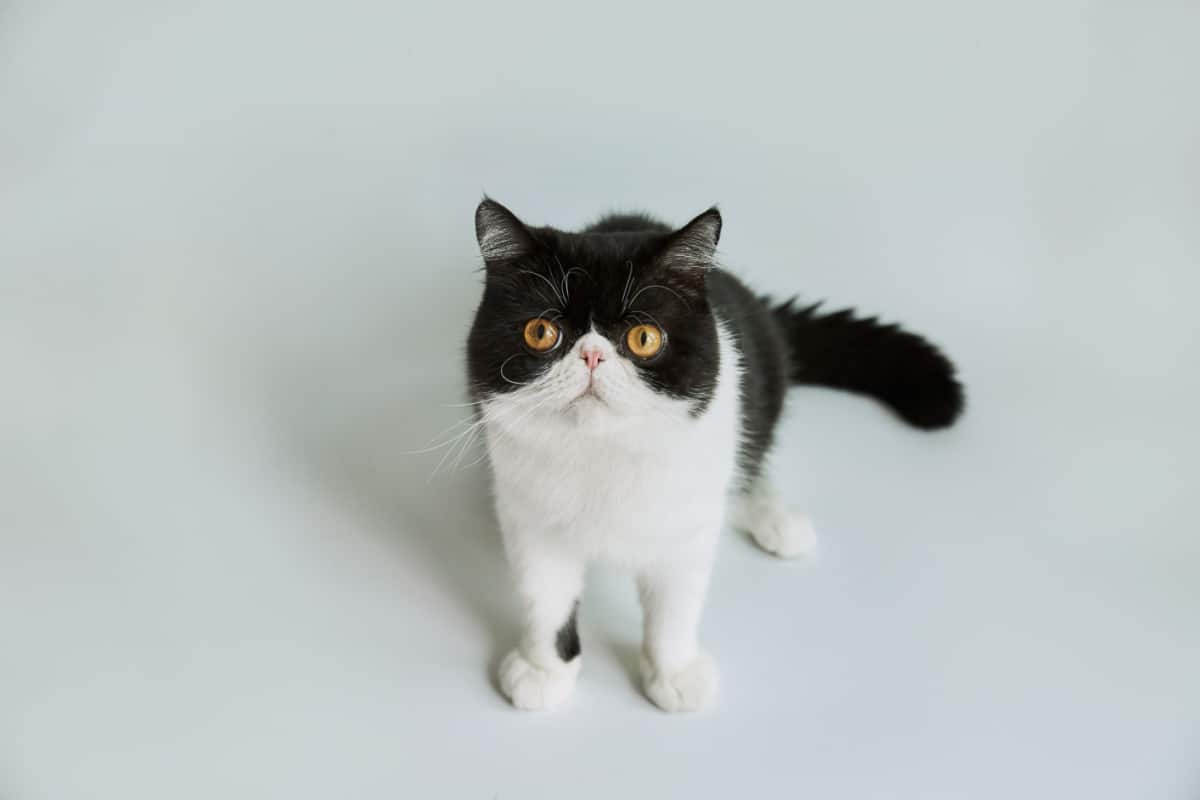
The cat should have a preferred minimum of white feet, legs, undersides, chest, and muzzle. Less white than this minimum should be penalized proportionately.
The cat should have a colored tail and one or more colored patches on the head or body as a preferred minimum. Less color than this minimum should be penalized proportionately.
6. Oriental Shorthair
The oversized ears and high cheekbones mark an Oriental Shorthair cat.
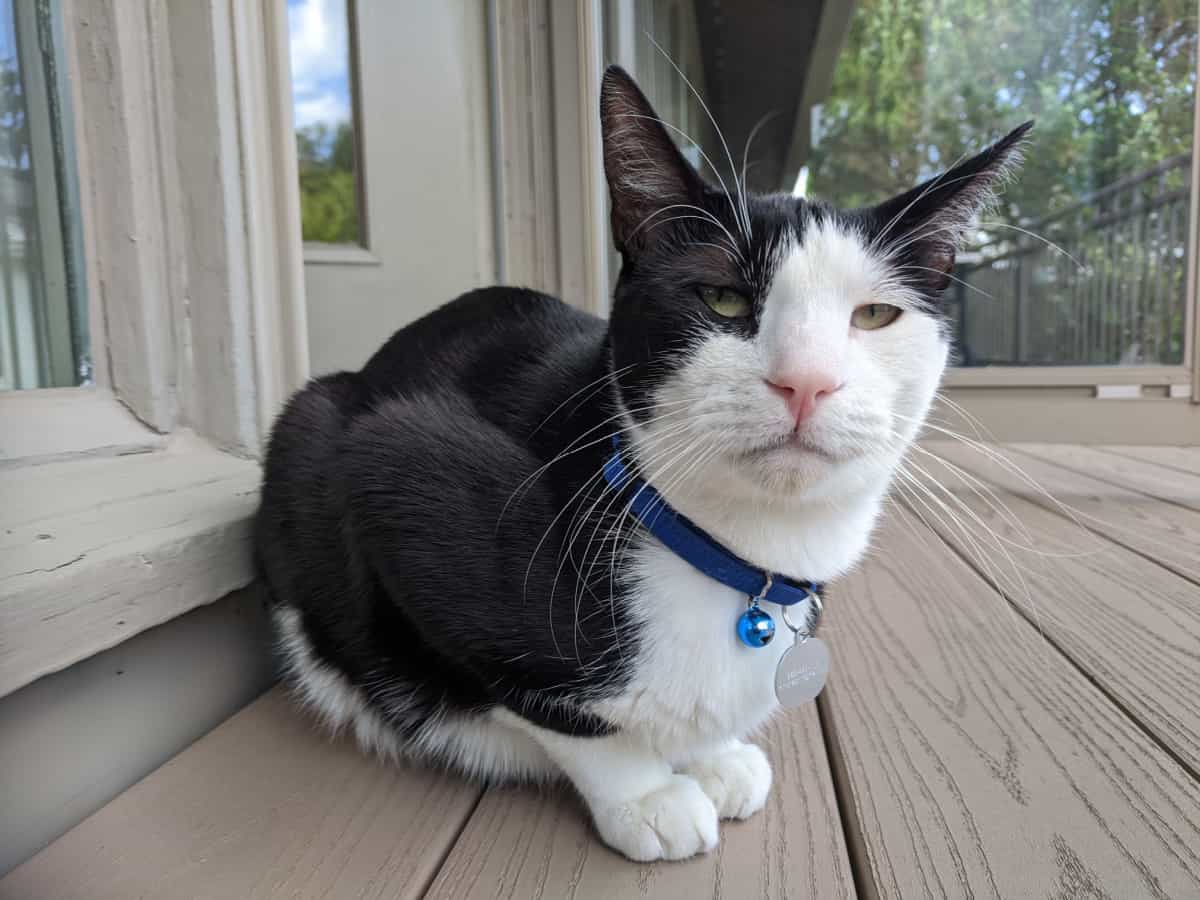
Breed standards indicate that a bicolored Oriental Shorthair conforms almost exactly to what we would consider a tuxedo cat pattern.
The standard is as follows: Bi-Colors should conform to the established standard for their co-existing pattern, adding white feet, legs, underside, chest, and muzzle, including an inverted “V” blaze on the face.
7. Scottish Fold
The Scottish Fold is a breed marked by its forward-folded ears and earnest expression. This breed is generally unmistakable as anything other than a Scottish Fold.
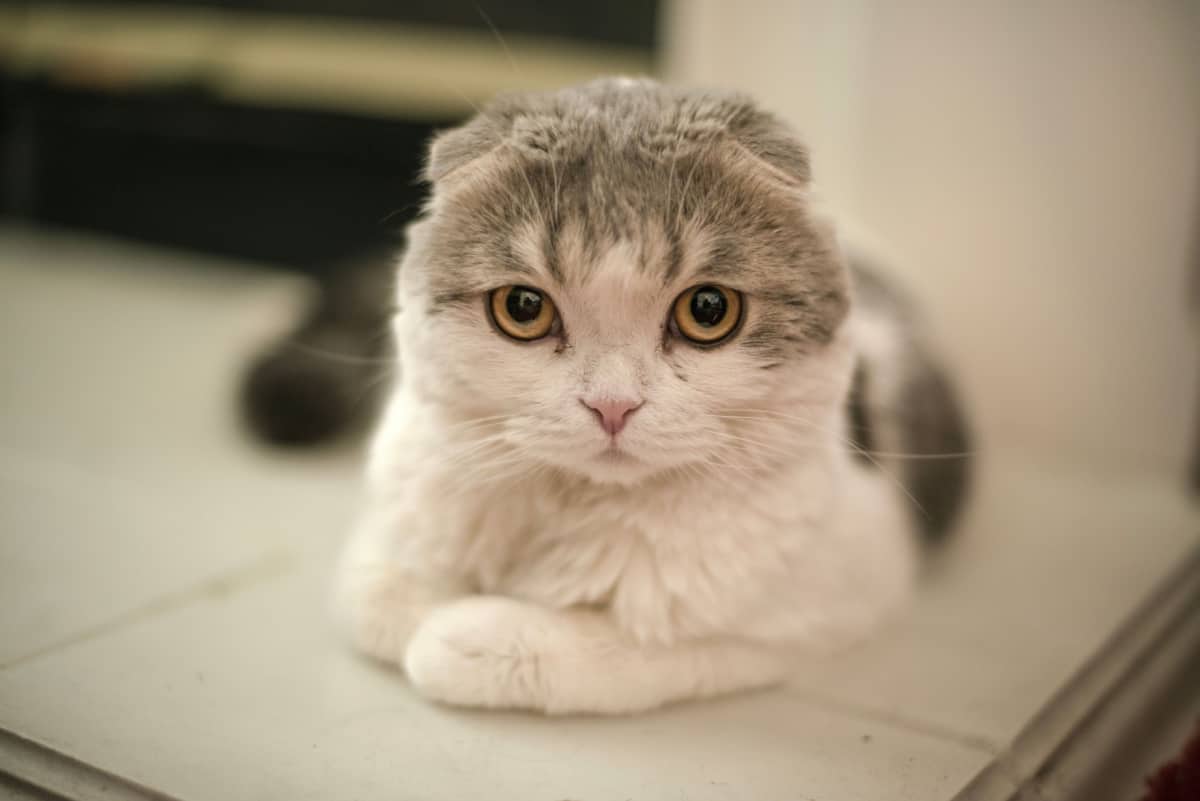
Regarding color, the breed standard does allow bicolor so long as the white is with a handful of colors: white with unbridled patches of black, white with unbridled patches of blue, white with patches of red, or white with patches of cream.
8. Devon Rex
The Devon Rex is dainty and elfin in its appearance and is breed acceptable in a multitude of patterns, including that of a tuxedo cat.
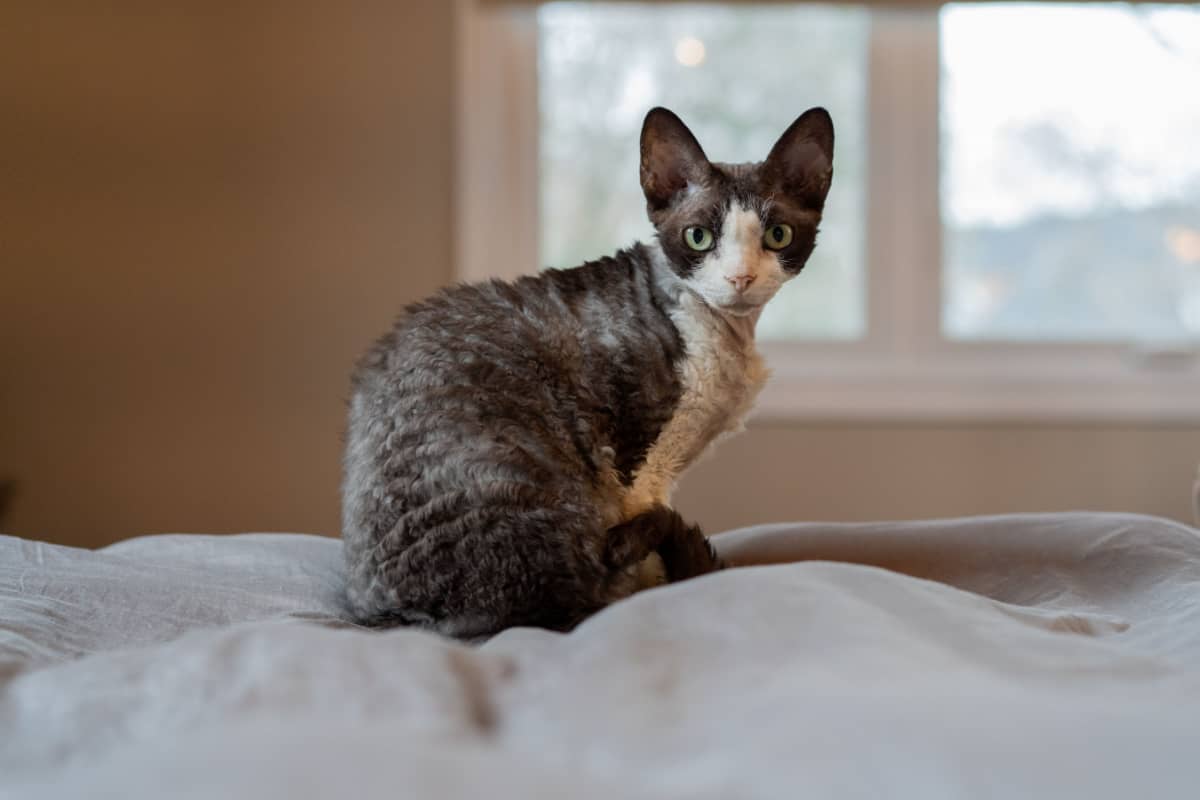
This cat has soft, somewhat wavy fur that sets them apart from other felines.
For bicolored Devon Rex, the standard orders: solid and white (traditional tuxedo type), tabby and white, or tortoiseshell and white.
9. Siberian Cat
The Siberian Cat is Russia's native forest cat. Known for their full fur coats and chubby faces, this breed has survived in a harsh climate for centuries.
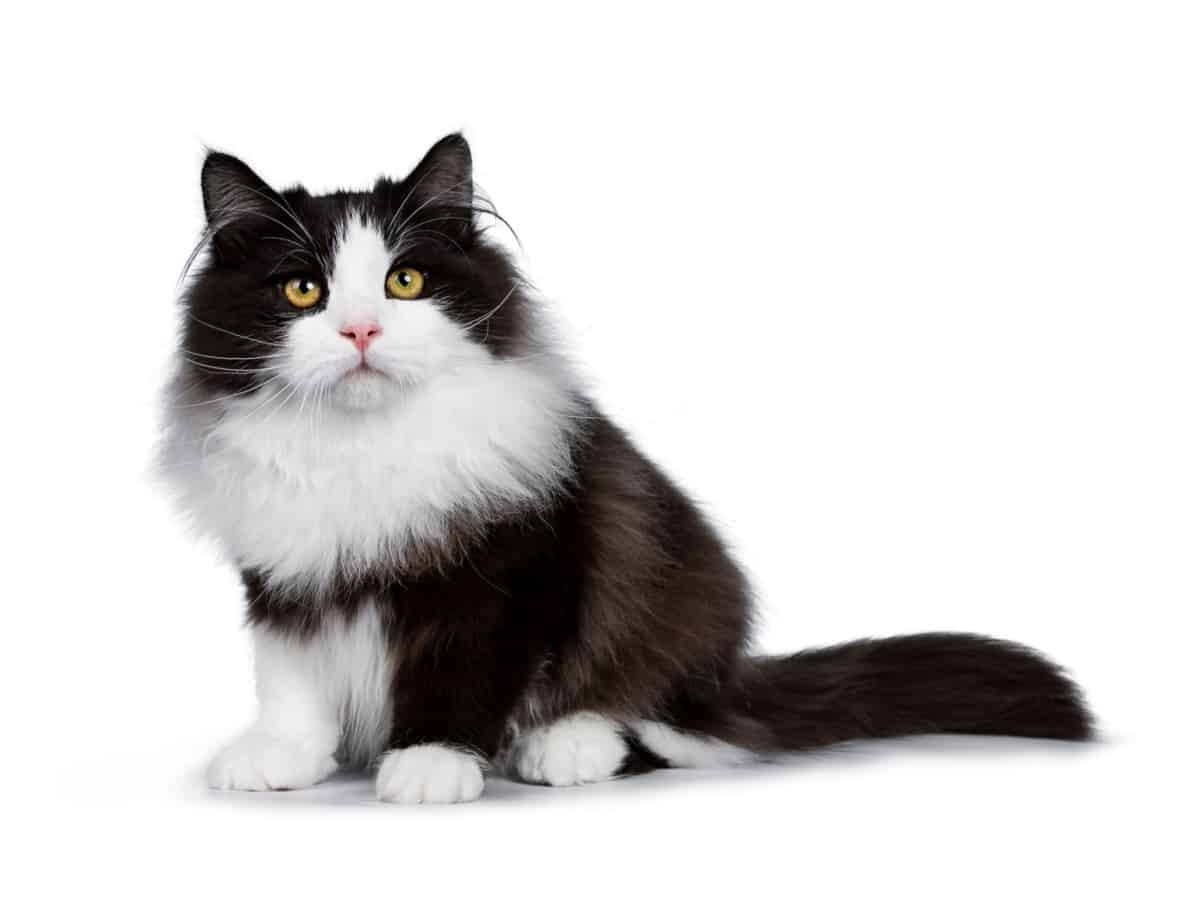
To meet breed standards as a bicolored, tuxedo patterned cat, they must be solid color and white.
White is allowed in any amount and all areas. White or off-white is allowed on the chin, breast, and stomach.
10. Norwegian Forest Cat
The Norwegian Forest Cat is a hefty cat with a double coat of fur and an easily recognizable, fluffy, and round body shape. This cat matures very slowly, taking up to five years to fully grow.
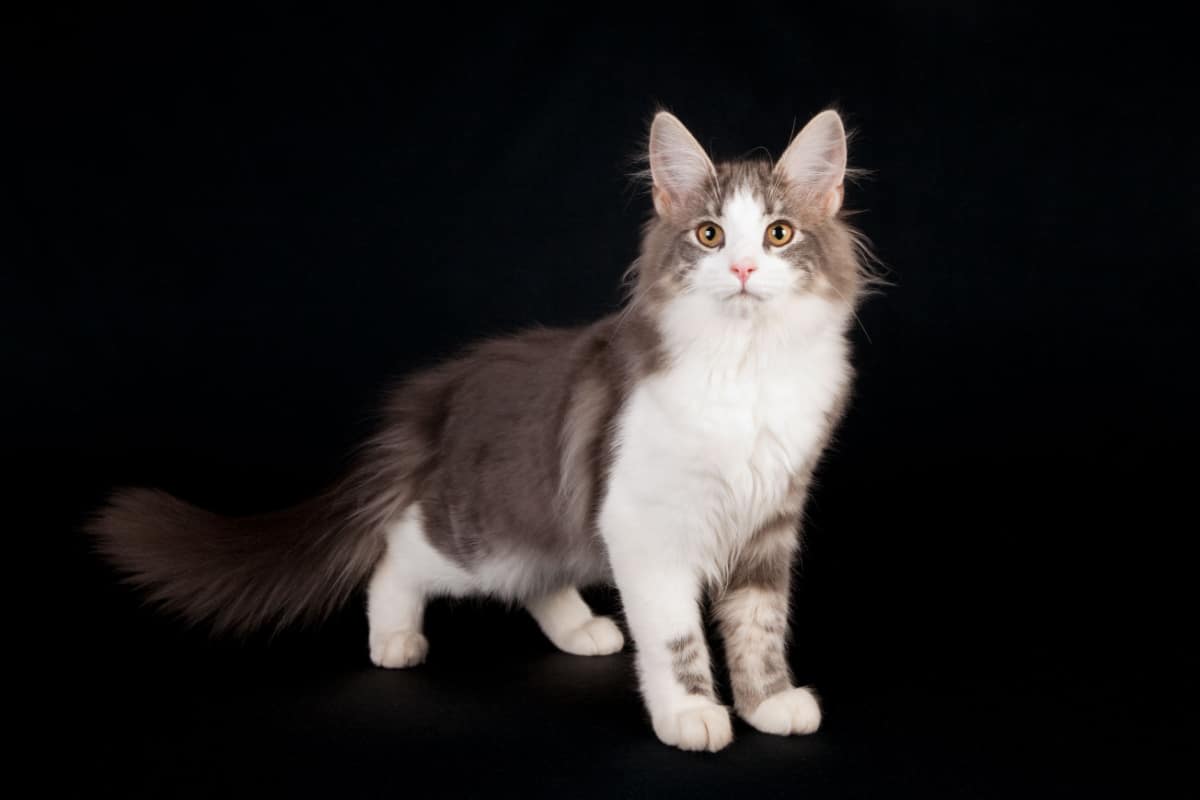
Norwegian Forest Cats are permissible in various colors and patterns, tuxedos being one of those.
They can be black and white, blue and white, red and white, or cream and white for bicolor.
What Kind Of Personality Do Tuxedo Cats Have?
Overall, tuxedo cats are personable and lively. They might greet you at the door, like a canine companion, wondering where you've been all day.
Tuxedo cats are the socialites of the cat world. The downfall of this social nature is that they will wander off to find new places and people if you don't watch them.
To read more about whether or not coat color affects personality, check out our post about that very thing!
Are Tuxedo Cats Predominantly Male?
Unlike some patterns, such as the tortoiseshell or calico, tuxedo cats are not predominantly one sex. They are generally equal regarding sex, with an even mix of males and females.
Are Tuxedo Cats Smarter?
Since tuxedo cats aren't a specific breed, it isn't easy to pinpoint where they stand on the intelligence factor.
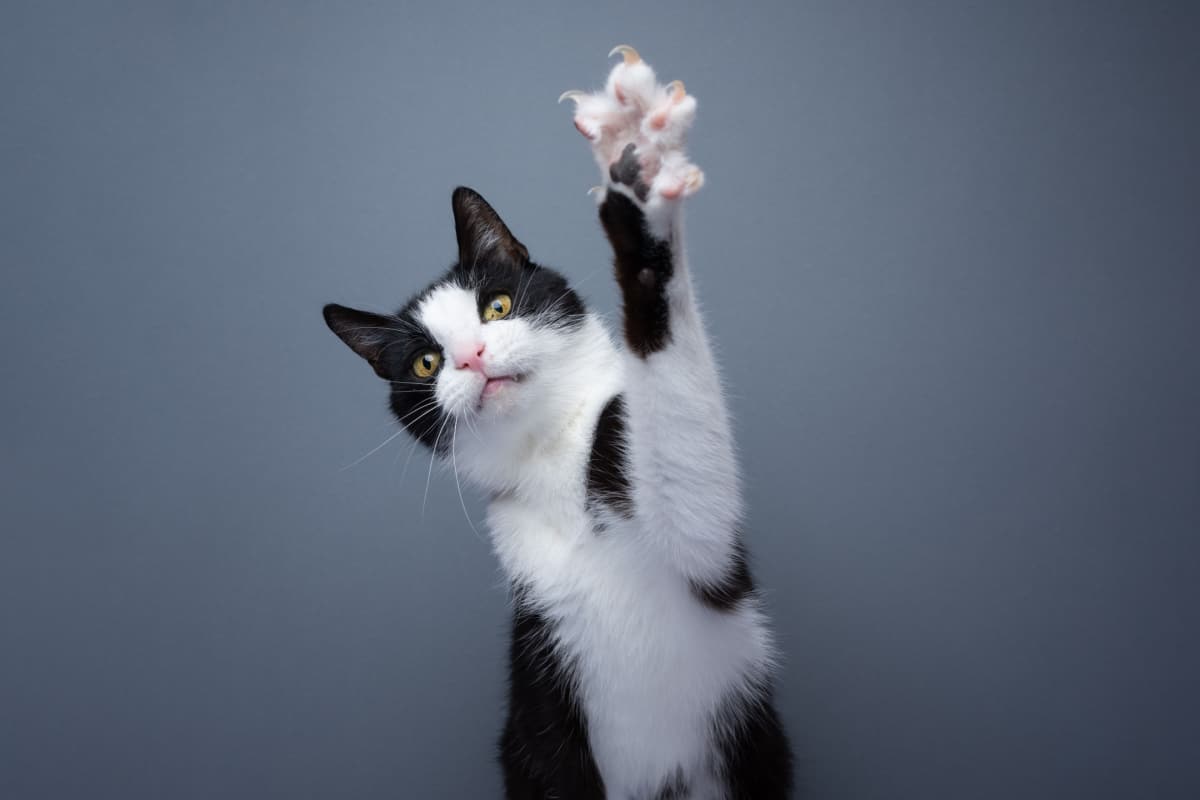
Many agree that tuxedo cats seem to mature faster, which could contribute to their brains developing quickly and allowing them to absorb more from the world around them.
Though no scientific studies have been done to prove a tuxedo cat's intelligence is greater than that of its counterparts, there are no shortages or people on the Internet willing to tell you how smart their tuxedo is.
Famous Tuxedo Cats
Tuxedo cats are famous! Most of the cats depicted in ancient Egyptian hieroglyphics appear to be tuxedo cats.
Not only are they featured in Egypt, but Sylvester the Cat from the famous Looney Tunes is also a tuxedo cat.
Other notable tuxedo cats are The Cat from Dr. Suess's "The Cat in the Hat," Mistoffeles in “Cats,” and Felix the Cat from the 1920s silent film era.
The Final Bow Celebrating Tuxedo Cats
Tuxedo cats grace many cat breeds with their distinctive pattern, but meeting breed standards requires the appropriate paperwork.
Yet, the absence of a specific breed classification does not diminish the uniqueness of your tuxedo cat. Whether a show cat or a loving companion, each tuxedo cat holds its unique charm.
For thousands of years, people have admired and revered tuxedo cats, and this admiration shows no signs of waning.
The legacy of tuxedo cats continues to thrive, captivating hearts and inspiring awe in cat lovers around the world.
Their timeless elegance and mystique ensure that tuxedo cats will remain a beloved symbol of grace and sophistication for generations to come.
Share the beauty and mystique of tuxedo cats with the world! Pin the image below on your social media, and let others discover the elegance and charm of this remarkable feline pattern!
SIGN UP FOR THECATSITE'S EMAIL UPDATES >
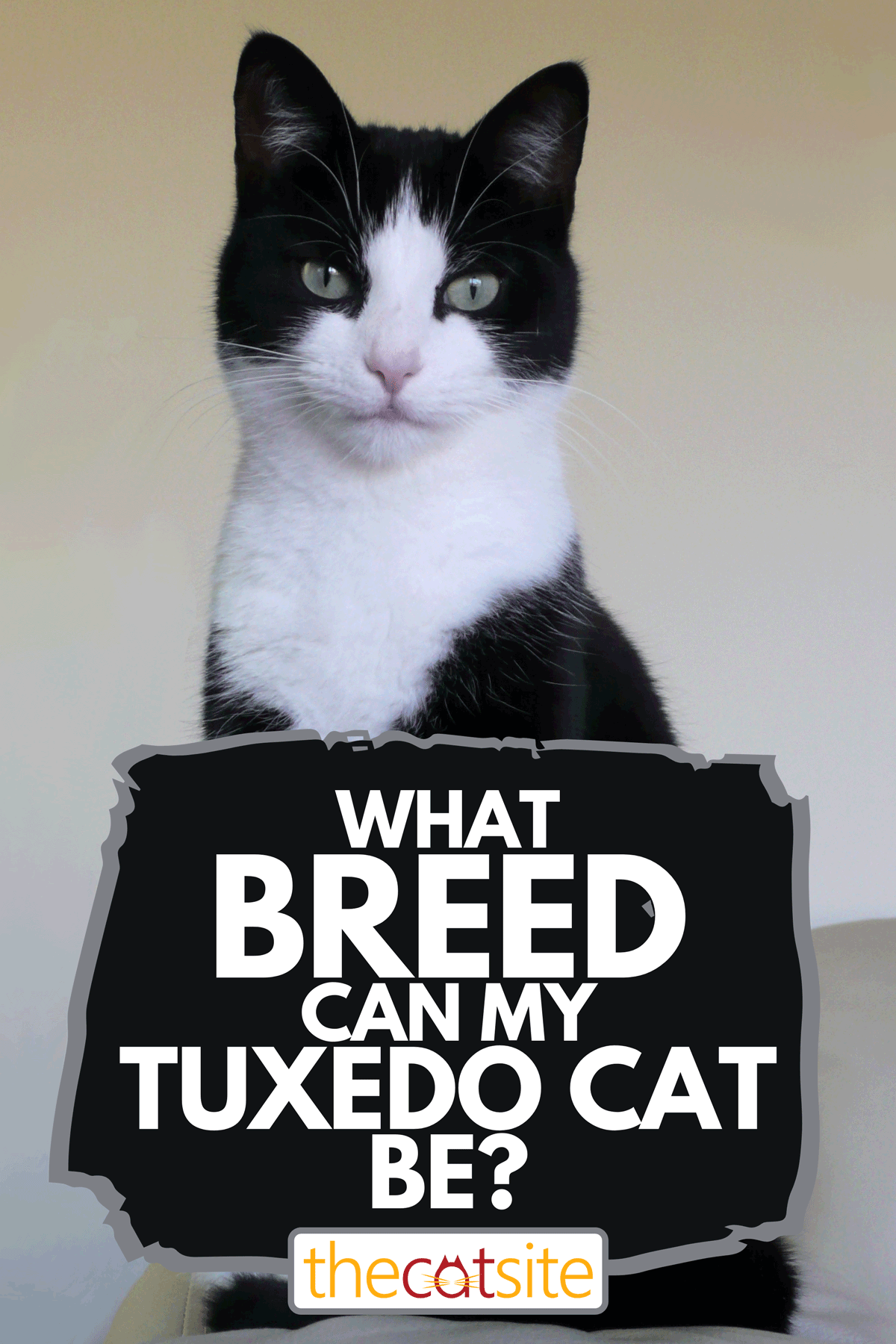
Check out our articles below to learn more about other breeds of cats.
The Exotic Shorthair Cat: A Comprehensive Guide
The Maine Coon Cat: A Comprehensive Overview
Note: We may get commissions for purchases made through links on this page.

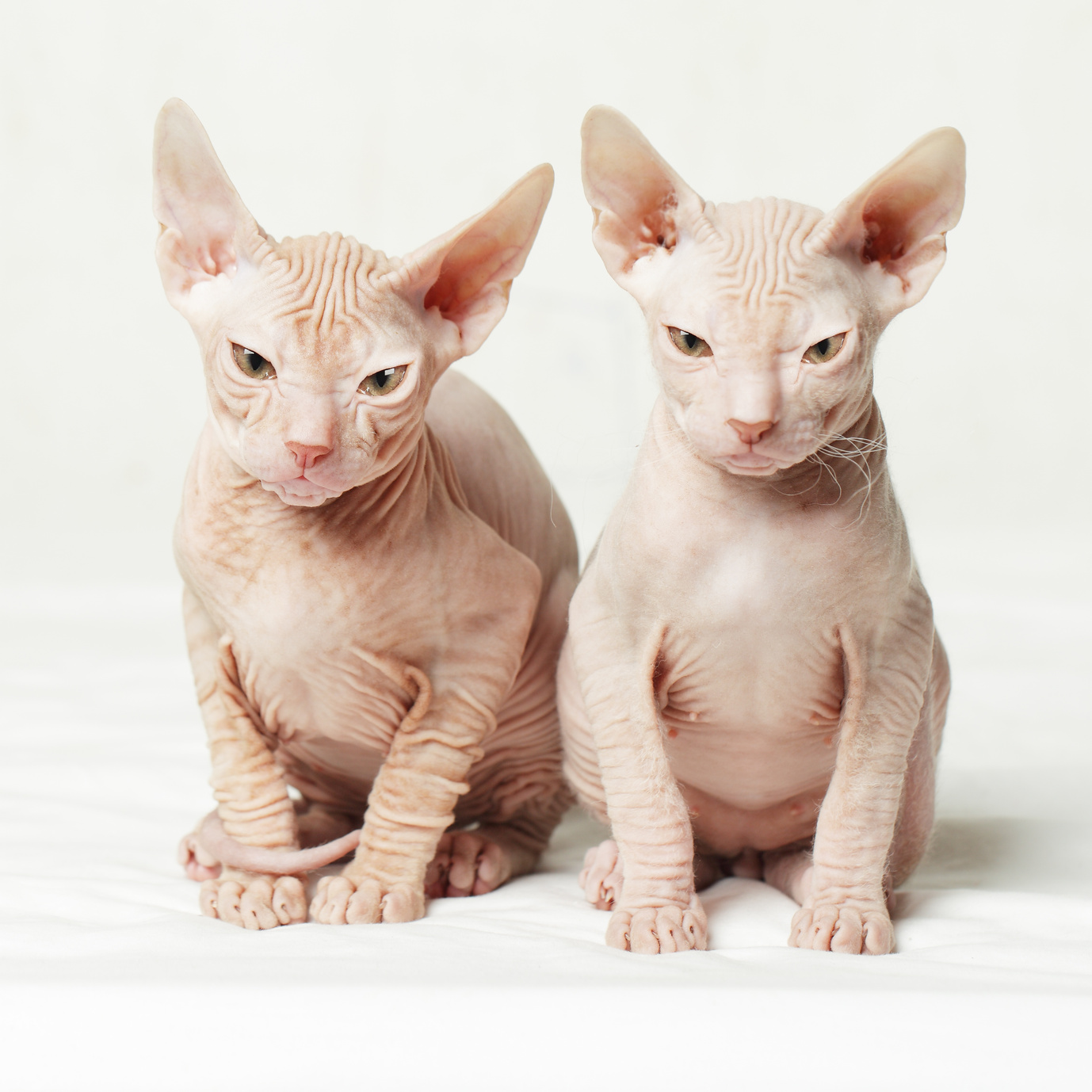
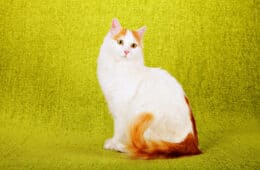
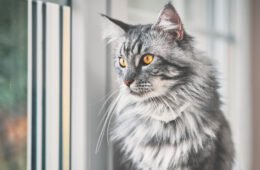
6 comments on “What Breed Can A Tuxedo Cat Be?: A Deep Dive Into Bicolor Beauties”